28th Mar 2022
2019 was one of those nail-biting vintages for Yquem. Come mid to late September, no botrytis. Pickers’ thumbs twiddled over their secateurs, anxiously awaiting an appearance from their mercurial fungal friend. But the growing season had thus far been too dry to spark its presence. Lisa Perrotti-Brown reviews Yquem’s new release.
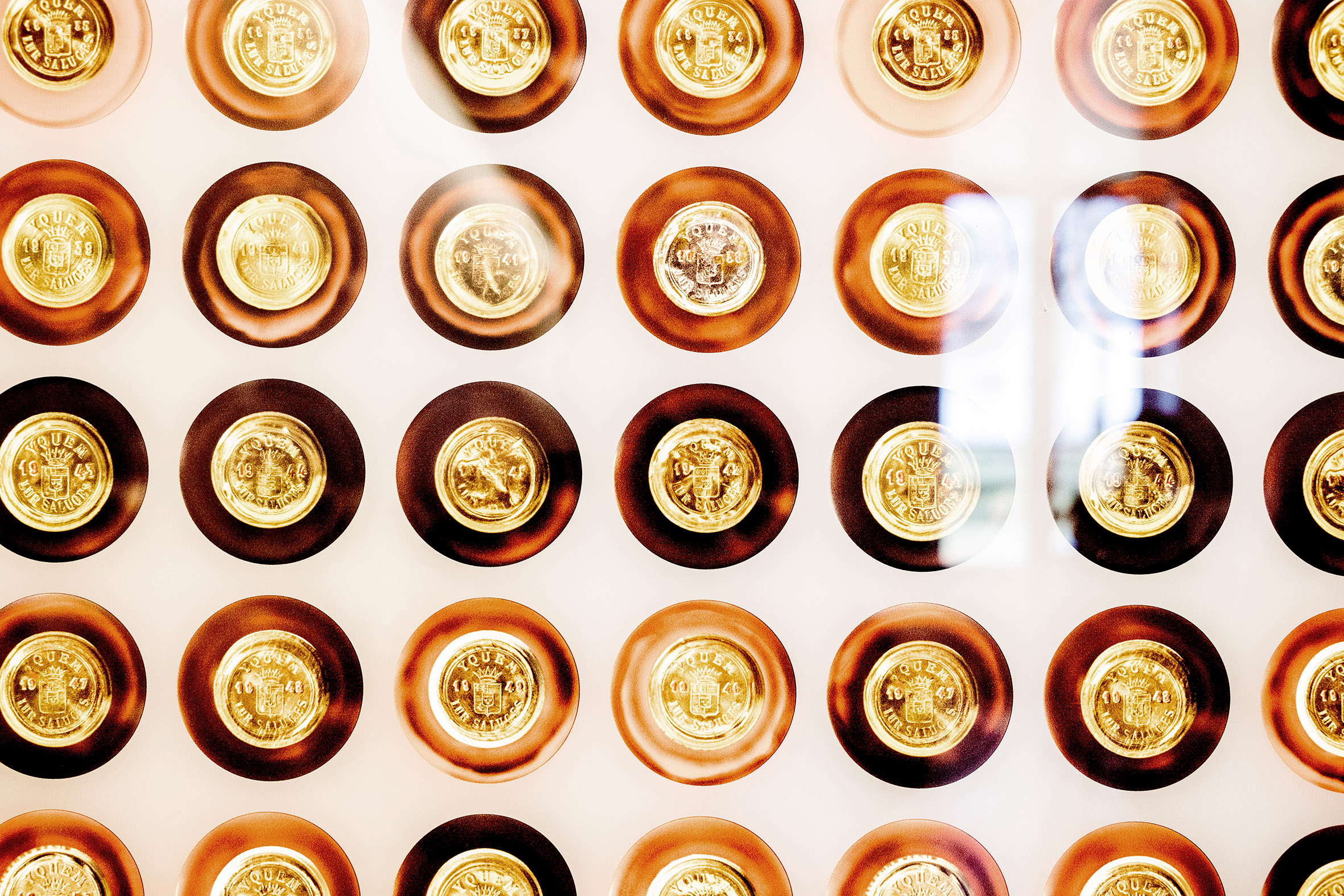
That Mona Lisa Smile
It’s my job to deconstruct wine. To get under its skin, to smell, slurp, and taste it down to its inner workings. To pull apart its DNA, find its genetic makeup, uncover its personality, and, ultimately, what it will become. Some wines are more complicated to read than others, especially nascent barrel samples or recently bottled infants. Some have unnerving glittery-eyed, baby-cheeked poker faces, which is where knowledge of the wine’s track record, its terroir, the vintage, how its site reacts to particular weather phenomenon, etc., is helpful before making a final call on its quality and cellaring potential. Whenever I taste Yquem, this knowledge is essential. Even as a young babe, the wine has that uncanny Mona Lisa smile. It’s as though each vintage knows a surprise little something, a secret that only much time and careful keeping will reveal.
Yquem’s congenial CEO Pierre Lurton is similarly not without enigmatic smiles and discrete surprises. Last September, he formally announced the postponement of the annual autumn release until March 2022—when Château d’Yquem would offer 2019 for the first time. Granted, not a massive change since the estate has side-stepped the En Primeur system for over a decade now. The other subtle maneuver was that Lurton decided to no longer show Yquem as a barrel sample. Instead, 2019 was shown this year to journalists and the trade a few months after bottling, which occurred three months later for this vintage. Likewise, 2020 was not shown in barrel, and Lurton confirmed during my recent visit that he would not be showing 2021 during Primeurs.
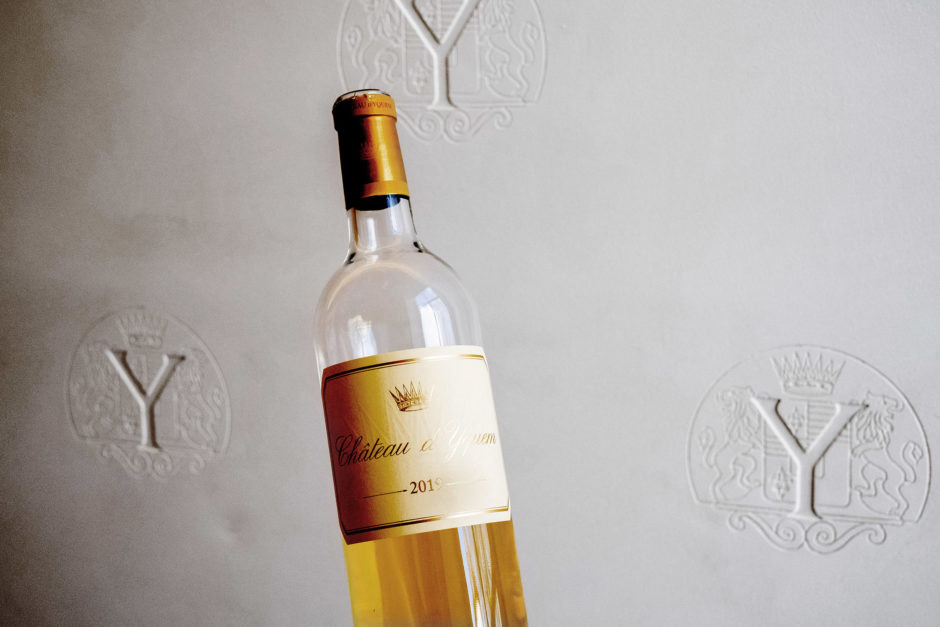
2019 was one of those nail-biting vintages for Yquem. Come mid to late September, no botrytis. Pickers’ thumbs twiddled over their secateurs, anxiously awaiting an appearance from their mercurial fungal friend. But the growing season and autumn had thus far been too dry to spark its presence. No botrytis makes for a fairly smileless Yquem, à la 1985. Fortunately, between 21st and 25th September, around 1.38 inches (35mm) of rain fell amidst warm conditions, triggering the onset of noble rot.
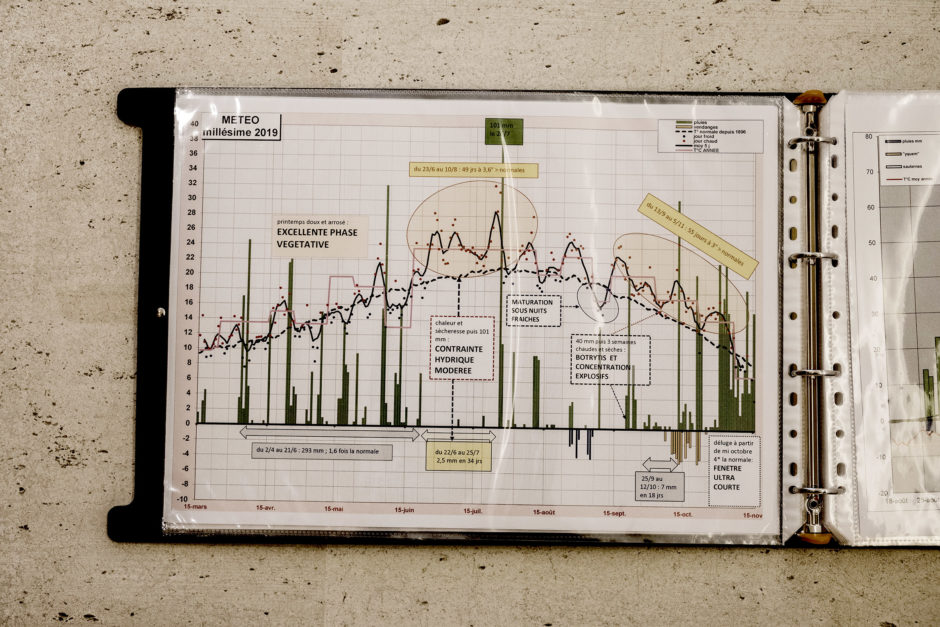
“It was a very strategic vintage,” commented Lorenzo Pasquini. “You had a fantastic window of 5-6 days. We harvested mostly from October 7 to 13. The harvest had to be fast, including throughout a Sunday, because rain was on the way. We had 40 mm (1.73 inches) falling on October 14. We really couldn’t use much after the heavy rains came.”
“The 2019 is slightly more powerful than 2018,” added Pierre Lurton. “People may think because there are fewer pickings, we don’t have the complexity, but this is not necessarily an indicator of complexity. The heart of the vintage was picked in those seven days in October. We felt this vintage needed three months longer in barrel, which is why we are releasing in March.”
Apart from having three extra months of barrel aging, another surprise difference with this 2019 is a larger proportion of Sauvignon Blanc, making up 45% of the blend this year. This grape is usually just 20-30% of the blend, the remainder, of course, being Sémillon. Have to hand it to them; for this richer vintage, I think the more significant proportion of Sauvignon works beautifully to inject verve to the mid-palate and finish, creating a sense of freshness that does not just come from acidity.
- Lorenzo Pasquini"It was a very strategic vintage,"
“The 2019 is slightly more powerful than 2018.”
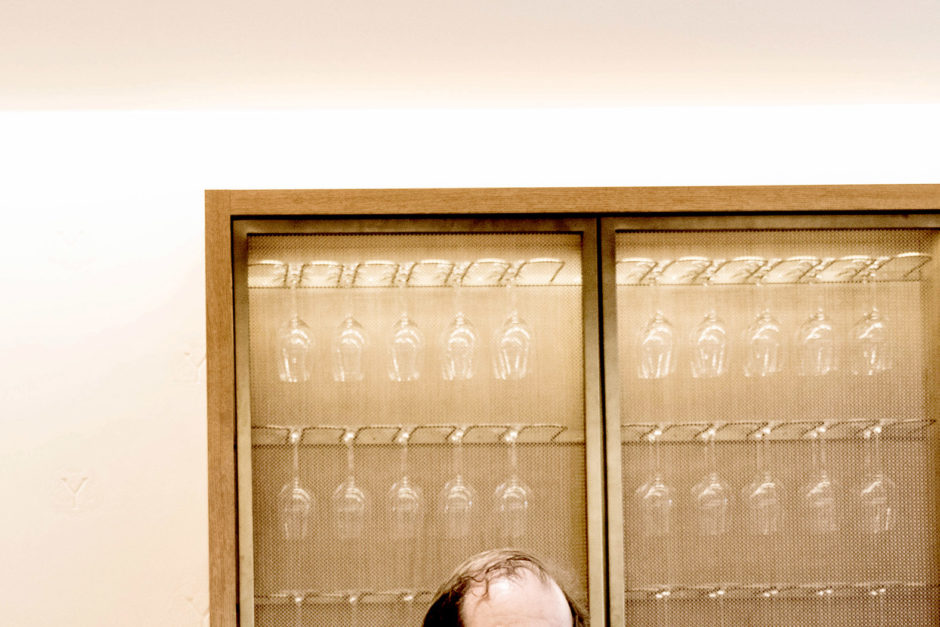
Among some of the older vintages I tasted during my visit to the winery in February, which will be covered in a separate article, I tasted the 1982. I’ve included this review here not only because there were some similarities between the Sauternes growing seasons of 2019 and 1982, but because I believe this 1982 is now revealing the secret behind its smile, exceeding initial critical expectations. What’s more, I had the very good fortune to taste the 1982 twice in the same week in February 2022—once at the Château and again at a dinner in London. Both bottles were remarkably consistent.
After a warm, dry September in 1982, many Sauternes growers were caught out by the torrential rains in October. However, two of the top properties had most of their harvest completed before the rains came: Yquem and Suduiraut. Yquem then waited for the vineyard to dry out and did another pass through the vines in early November, finally managing to produce a surprisingly outstanding wine in a challenging vintage. By fortuitous coincidence, I also had the opportunity to taste 1982 Suduiraut recently, but that’s another article.
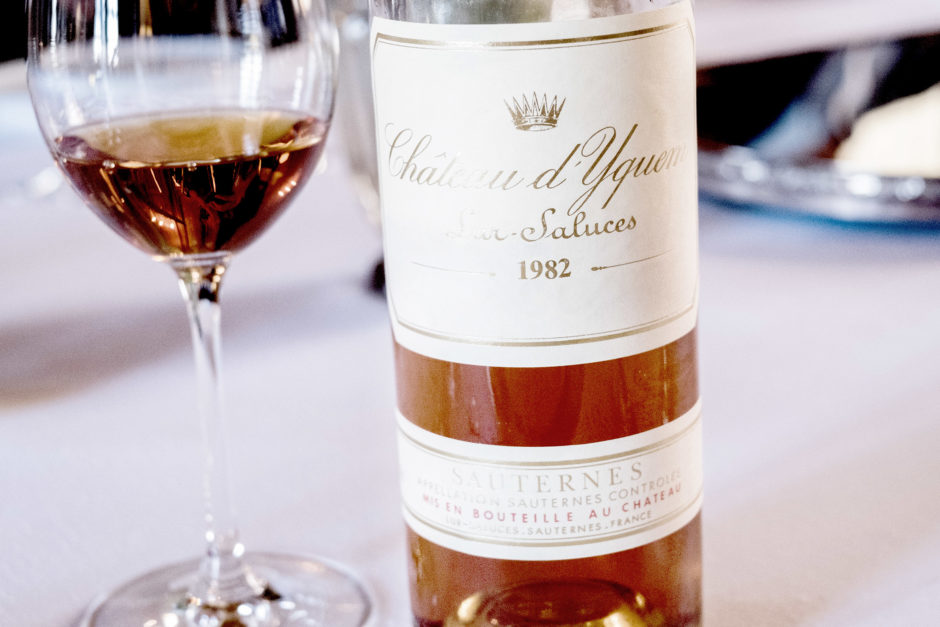
Finally, I tasted the 2020 Y (Ygrec), Yquem’s dry white wine, as well as the surpri- singly spritely 1985 Y at the château. Before the mid-2000s, Y was made in less botrytis-affected years and produced in a richer, more oxidative style, revealing the region’s signature botrytis charm, albeit as a far drier (if not completely dry) wine. After Lurton took on Denis Dubourdieu as a consultant in the early 2000s, the style changed dramatically and became purer, yet arguably with less Sauternes character. Today, this label still maintains a dollop of residual sugar, usually around 7 grams per liter, but comes across as dry, with the sweetness manifested mainly in the wine’s satiny texture. It is interesting to compare and contrast Y’s before and after styles. However, I’d judge that the 1985 certainly had more personality, possessing a faint, captivating suggestion of that elusive signature smile of the grand vin. Santé!
–
Article & Reviews by Lisa Perrotti-Brown MW
Photos by Johan Berglund

PRODUCERS IN THIS ARTICLE
> Show all wines sorted by scoreMore articles

Pilcrow’s New Releases
18th Apr 2024
7 tasting notes
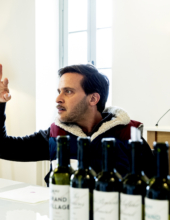
Bordeaux 2023 Primeurs Photo Essay
18th Apr 2024
0 tasting notes
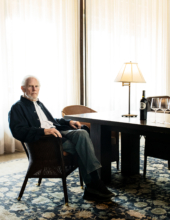
Harlan Estate, BOND, Promontory 2021 and 2011
11th Apr 2024
14 tasting notes
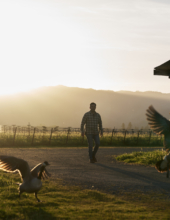
Favia 2012-2021
04th Apr 2024
17 tasting notes
Show all articles